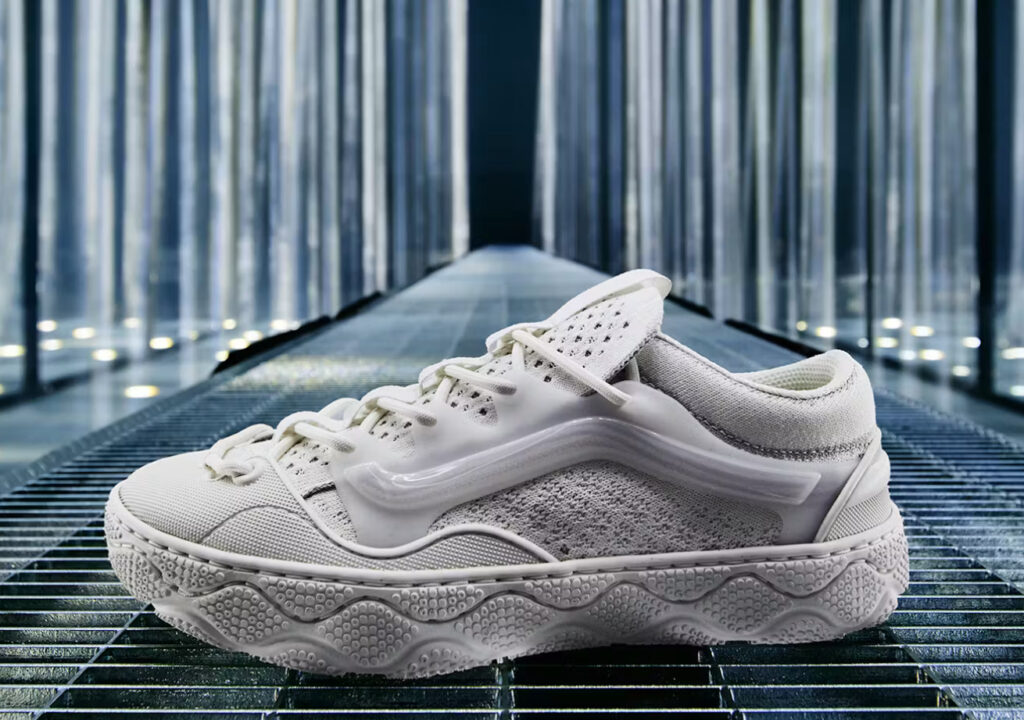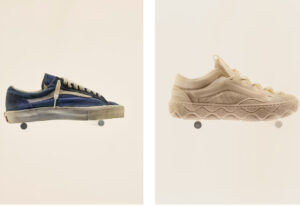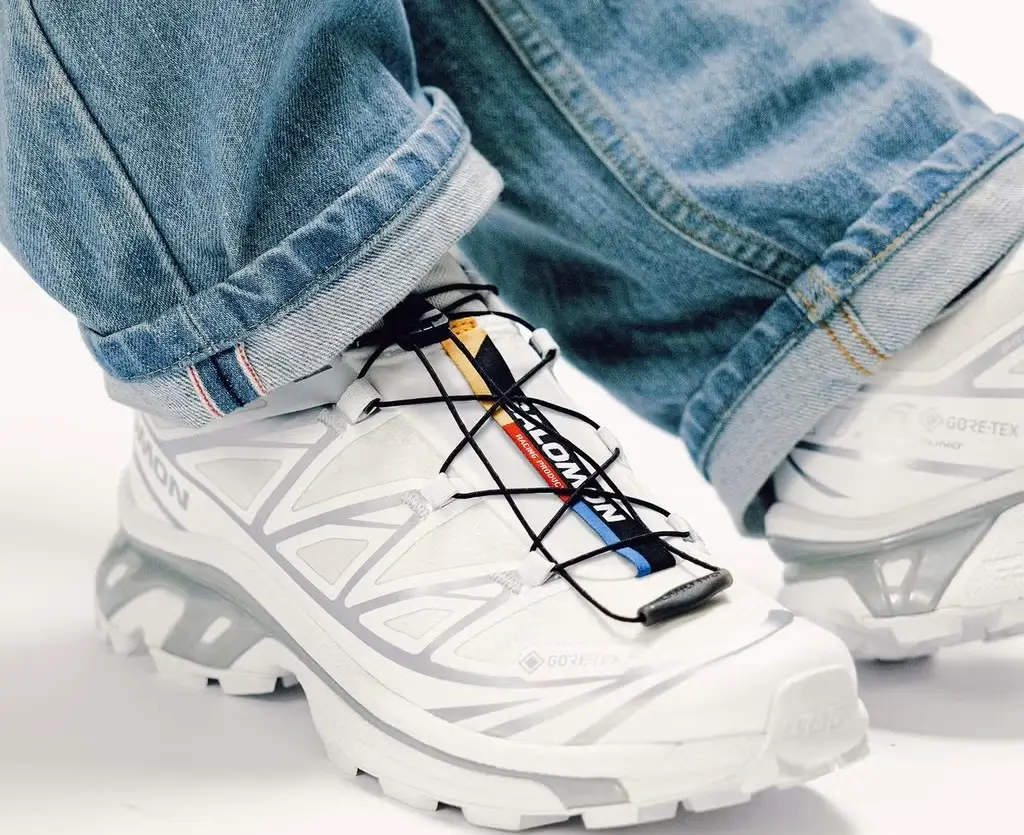Spring in Milan: A Global Stage for Design
Each year, as the cold veil of winter lifts, Milan Design Week emerges as a springboard for innovation. The city, with its deep roots in architecture, craftsmanship, and aesthetic evolution, becomes a magnet for the world’s leading designers, artists, and thinkers. It’s a moment where history meets experimentation, where the past is honored and the future is dared.
Amid this creative surge, it may seem unexpected to find a California-born skate shoe brand taking up space in the most design-forward corners of Milan. Yet, that’s precisely where Vans—through its elevated offshoot OTW by Vans—has chosen to plant a flag, showcasing a bold vision not just for footwear, but for the future of streetwear and functional artistry.
Vans: A Heritage of Rebellion and Reinvention
Since its founding in 1966 in Anaheim, Vans has existed at the edge of culture—worn by skateboarders, BMX riders, punk musicians, and independent creators. Its aesthetic was never about high fashion but high function, defined by durability, accessibility, and a raw visual language rooted in movement.
Over time, Vans evolved from a subcultural uniform into a global brand, maintaining its DIY ethos while connecting with top-tier names in fashion, art, and design. Yet even with this recognition, Vans has rarely attempted to “perform” within traditional fashion or design circuits—until now.
By launching the Old Skool 36 FM in Milan, Vans, via OTW, is making a clear statement: innovation doesn’t need to come in shiny new forms—it can come through the reinterpretation of icons.
OTW by Vans: A Platform for Possibility
Launched as a sub-label focused on experimental design and cultural provocation, OTW by Vans (short for “Off The Wall”) is a space to test the limits of what a Vans sneaker can be. It’s not about seasonal drops or trend-chasing; it’s about engineering evolution through form, material, and intention.
To achieve this, Vans has partnered with Willo Perron, a multidisciplinary designer and creative director best known for his work with Rihanna, Kanye West, and Stüssy. Perron’s work spans installation, stage, interiors, and branding—but at its core, it’s about storytelling through environments.
His collaboration with OTW is not just aesthetic—it’s philosophical. The goal isn’t just to create a sneaker—it’s to rethink the context in which the shoe lives and breathes.
The Old Skool 36 FM: A Radical Recomposition
The Old Skool 36 FM debuted at Milan Design Week is a reconstruction of the brand’s legendary Old Skool silhouette. First introduced in 1977, the original Old Skool was the first Vans shoe to incorporate leather panels and bear the now-iconic jazz stripe. The 36 FM takes that DNA and fractures it through futurism, rebuilding the model with distorted lines, aggressive texturing, and industrial accents.
Rather than rely on nostalgia, this new version explores the tension between form and utility. From the technical materials used—like rugged ballistic mesh and molded midsole tooling—to the way the shoe is presented (likely via an immersive design showcase rather than a sneaker wall), everything about it pushes boundaries.
The “FM” in the name might suggest frequency modulation—a nod to how this shoe tunes into a different creative wavelength.
Why Milan Matters
The decision to reveal this design in Milan—and not LA or New York—matters. Milan is a crucible of modernism and radical design thought. By debuting a shoe during the world’s most elite design week, Vans is positioning footwear not as merchandise, but as medium.
It’s a message to the architecture students, the product designers, the furniture collectors: shoes are not afterthoughts of fashion—they are part of the larger design discourse. They are blueprints of daily motion, touchpoints for subcultures, and now, pieces worthy of galleries.
It also aligns Vans with a growing trend of streetwear entering the world of design presentation—not just fashion runways, but spatial experiences and multidisciplinary forums.
Willo Perron’s Role: Design as Theater
Perron’s involvement signals a shift in how brands want to be perceived. His installation work has transformed concerts into kinetic sculptures and retail shops into avant-garde habitats. For OTW, he likely applied that same approach—making the debut not just a product drop, but a performance.
In this model, the sneaker becomes the protagonist. It is staged, narrated, elevated. And in doing so, it pulls Vans into new territory—from brand to provocateur, from retailer to exhibitor.
Cultural Repositioning: From Skate Parks to Salon Floors
The Old Skool 36 FM isn’t abandoning Vans’ core skate DNA—it’s translating it. This is Vans speaking the language of Milan without losing its accent. There’s grit beneath the design polish. There’s tension in the curves. And there’s a quiet reminder that rebellion can be elegant, too.
For younger audiences, this move might signal that the future of shoe culture isn’t just resale and hype—it’s intentionality, craft, and placement. For Vans loyalists, it’s a reassurance that innovation doesn’t mean abandonment, but adaptation.
Impression
In the poetic context of spring—a season of transformation and experimentation—Vans has delivered something that feels both inevitable and surprising. The Old Skool 36 FM may be just a shoe on the surface, but at its core, it’s a symbol of what it means to progress while preserving identity.
By choosing Milan Design Week as the launchpad, OTW by Vans challenges the boundaries between streetwear and sculpture, form and function, skate culture and haute design. It’s a reminder that even the most iconic silhouettes can dance into new realms—so long as the steps are intentional.
And that, in essence, is what spring—and good design—is all about.
No comments yet.









